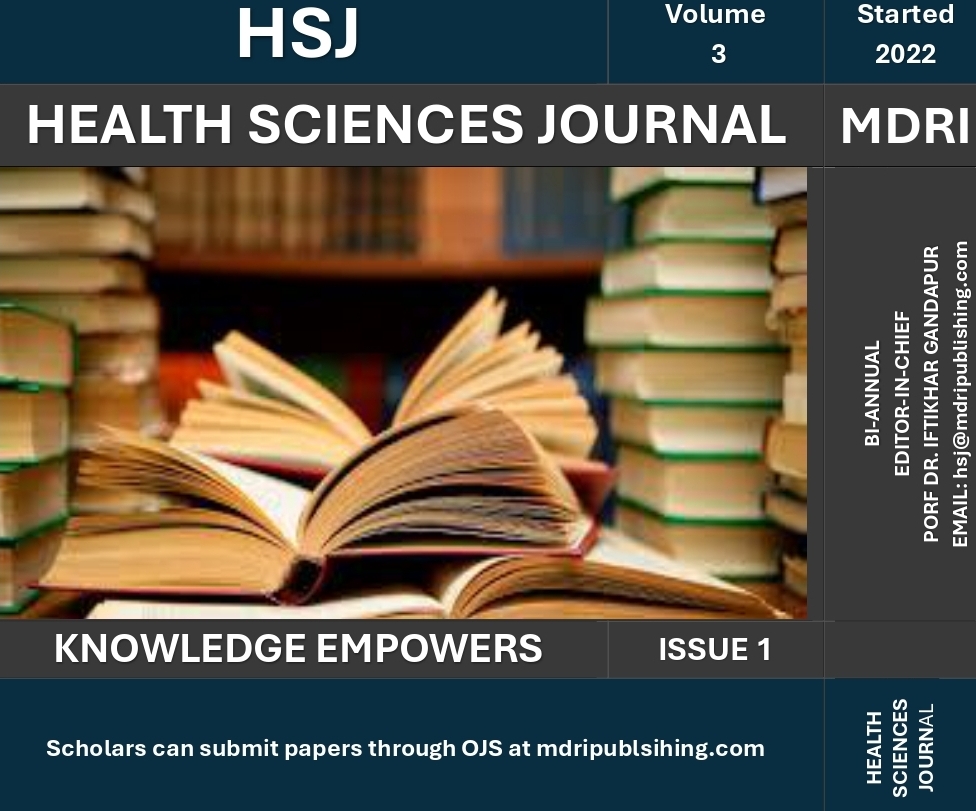ANTIMICROBIAL RESISTANCE IN FOODBORNE PATHOGENS: GLOBAL EPIDEMIOLOGICAL INSIGHTS, MECHANISTIC CHALLENGES, AND CUTTING-EDGE DETECTION
DOI:
https://doi.org/10.59365/hsj.3(1).2024.114Keywords:
AMR, foodborne pathogens, CRISPR diagnostics, bacteriophage therapy, antimicrobial peptides, One Health, global epidemiologyAbstract
Background: Foodborne pathogens’ AMR is considered one of the most significant risks to food safety and human health worldwide.
This situation has been worsened by the misuse of antibiotics in livestock farming, making it hard to handle food borne illnesses and
higher rates of sickness and death. Objectives: The main objective of this work is to present a review of the epidemiological data on AMR in foodborne pathogens on a global level, to discuss the genetic and biochemical basis of resistance, and to analyze new approaches to diagnostics and prevention. Methods: The current literature was systematically reviewed to evaluate the incidence and factors related to AMR in these important pathogens; Salmonella spp., Escherichia coli, Campylobacter spp., and Listeria monocytogenes. The study also discusses additional and more sophisticated diagnostic techniques such as CRISPR-based systems, and non-conventional forms of treatment like bacteriophages and antimicrobial peptides. Results: The data indicates that AMR continues to emerge in foodborne pathogens owing to factors such as intensive farming practices and global food trade, and environmental exposure. Some of the advanced diagnostic systems include metagenomics and point-of-care that can quickly and accurately identify the genes that cause resistance. It is, therefore, evident that nontraditional therapies hold promise in containing AMR but they have to be developed to a greater extent. Conclusions: AMR in foodborne pathogens requires a multifaceted approach involving accurate diagnostics, novel therapeutics, and cross-country cooperation. For this reason, there is need to embrace One Health approach to reduce the effect of AMR on health, food and the environment.





